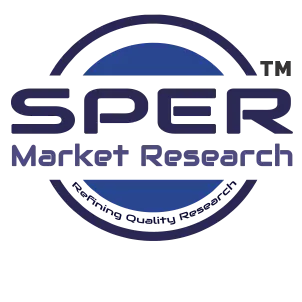Global Nano Copper Oxide Market is projected to be worth 865.05 million by 2034 and is anticipated to surge at a CAGR of 9.06%.
Nano copper oxide is a nanoscale form of copper oxide (CuO) known for its unique physical, chemical, and biological properties that differ significantly from its bulk counterpart. At the nanoscale, it exhibits high surface area, excellent electrical conductivity, thermal stability, and notable catalytic and antimicrobial activities. These characteristics make it highly valuable across a range of industries, including electronics, energy storage, catalysis, healthcare, and coatings. In electronics, it's used in printed circuit boards, semiconductors, and conductive inks, while in the medical field, its strong antibacterial and antifungal properties make it ideal for antimicrobial coatings and wound care products.
Drivers: The nano copper oxide market is driven by growing demand across electronics, energy, catalysis, and coatings industries. In electronics, its excellent conductivity and thermal stability support its use in semiconductors, PCBs, and conductive coatings, especially with the rise of compact and flexible devices. Its superior electrochemical properties make it ideal for lithium-ion batteries, supercapacitors, and fuel cells, aligning with the global push for renewable energy. In catalysis, it plays a key role in hydrogen production and chemical synthesis due to its high catalytic activity. The coatings industry benefits from its corrosion resistance and antimicrobial properties. Technological advancements and R&D in nanotechnology continue to improve product performance, with companies focusing on high-purity synthesis and expanding applications in advanced electronics and biomedical fields.
Challenges: The nano copper oxide market faces several challenges that could impact its growth. One major issue is the high production cost associated with synthesizing high-purity nano copper oxide using advanced techniques, which can limit widespread adoption, especially in cost-sensitive industries. Additionally, concerns about the environmental and health impacts of nanomaterials, including potential toxicity and safe disposal, create regulatory hurdles and may slow market acceptance. The complexity of integrating nano copper oxide into existing manufacturing processes also poses technical challenges for industries. Furthermore, competition from alternative nanomaterials with similar or superior properties can limit market share.
Market Trends: The nano copper oxide market is experiencing several notable trends that are shaping its development. There is a strong focus on innovation, with companies investing heavily in research and development to enhance the material’s purity, conductivity, catalytic efficiency, and antimicrobial properties. The integration of nano copper oxide into flexible and wearable electronics is gaining momentum, driven by the growing demand for miniaturized, lightweight devices. Additionally, the push towards sustainable and green technologies is increasing the use of nano copper oxide in energy storage systems, such as lithium-ion batteries and fuel cells.
Global Market Key Players:
American Elements, Hongwu International Group Ltd, Inframat Corporation, Nanoshel, Nanostructured & Amorphous Materials Inc., PlasmaChem GmbH, SkySpring Nanomaterials Inc., US Research Nanomaterials Inc.
Global Nano Copper Oxide Market Segmentation:
By Application: Based on the Application, Global Nano Copper Oxide Market is segmented as; Electronics & optics, Medical & personal care, Paints & coatings, Energy & environment, Others.
By Region: This research also includes data for North America, Latin America, Asia-Pacific, Europe and Middle East & Africa.
This study also encompasses various drivers and restraining factors of this market for the forecast period. Various growth opportunities are also discussed in the report.






















